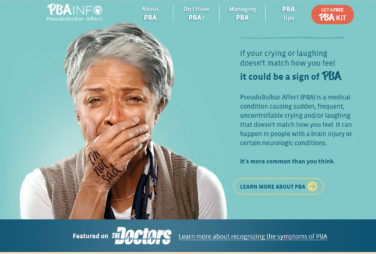The shift to value-based care and outcomes contracting type programs present the opportunity to align stakeholder interests around value and demonstrate a commitment to improving clinical and cost outcomes. From earlier detection to more precision management, the opportunities for pharma to partner around outcomes and value are growing. Win-wins for pharma and payers will come from expanding the conversation beyond the pill to the solution, such as aligning incentives and goals around data collection, use, and reporting; implementing care coordination, adherence, and other optimization tools; and leveraging predictive analytics or other risk reduction tools.
Value-based Agreement Models Key trends that are going to be important for pharma to consider in value-based agreements include:
Representative Sampling: This refers to the use of broader and often more clinical information in measuring performance in pay-for-performance agreements. This approach provides a more accurate, clinically based, and appropriately risk-adjusted measurement that is fairer for all parties.
Two-sided Risk Models: These types of models are also beginning to gain momentum. This means that pharma can participate in upside if both parties succeed. These models encourage pharma companies to think beyond the pill, such as with digital solutions like predictive analytics that optimize which patients receive certain treatments or enhance care coordination.
Bundle Payment Programs: As providers take on more commercial bundles, the pressure increases on providers to push down risk to suppliers, but so too do the opportunities for meaningful pharma-provider collaboration. Some companies are bringing new, innovative solutions such as those that can help support shared decision making to help ensure that the right drug goes to the right patient at the right time.
Big data, AI, and predictive analytics are critical components to these new, more partner-focused models as they can drastically reduce some of the barriers to data access and transparency—and help to determine which metrics are reasonable and will work best for all stakeholders. For example, predictive analytics can provide insights into which patients will benefit most from a particular product and which patients are most at risk of complications or high costs. These “tools” are changing the way in which pharma can and should contract and measure based on outcomes.









